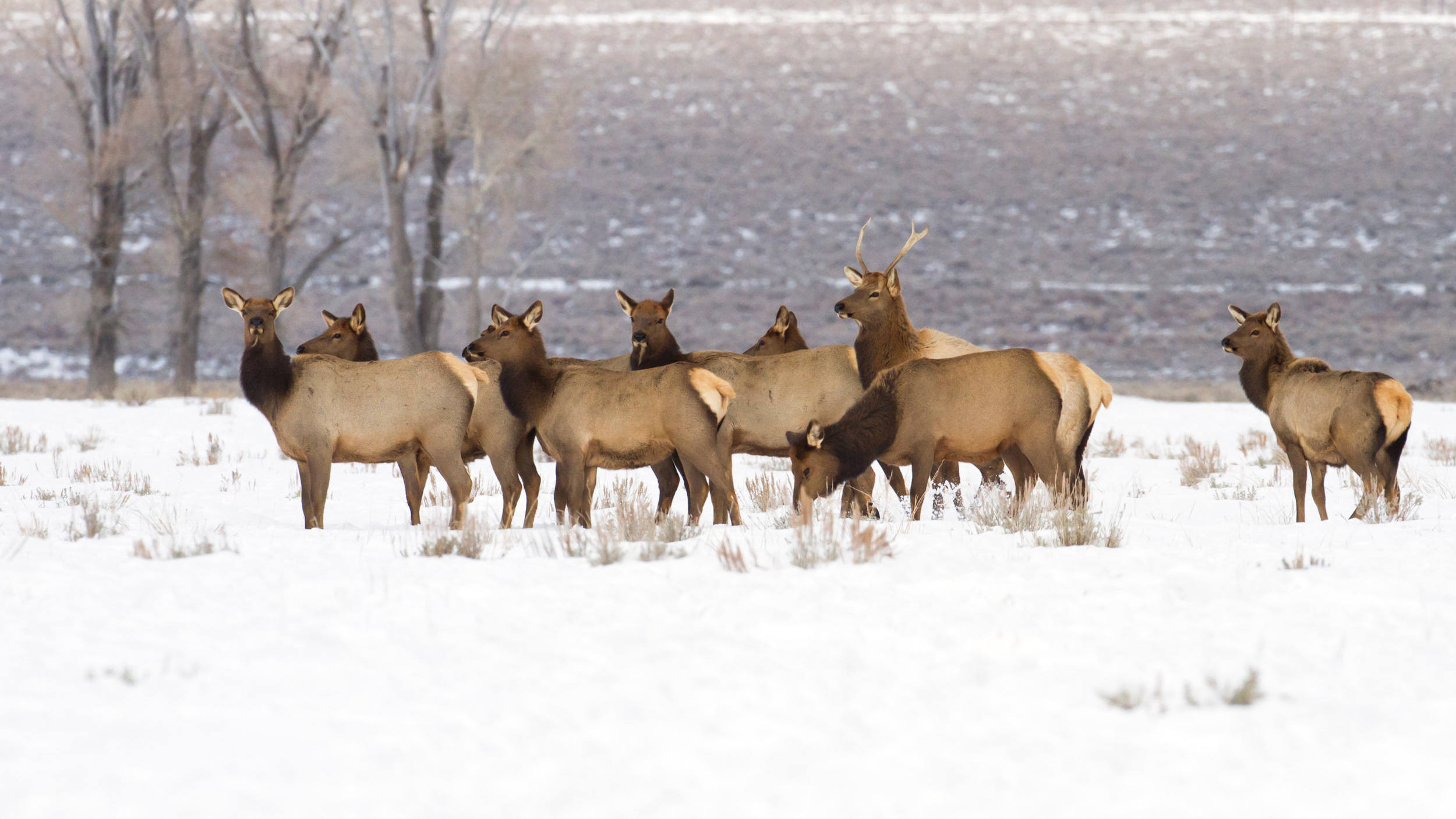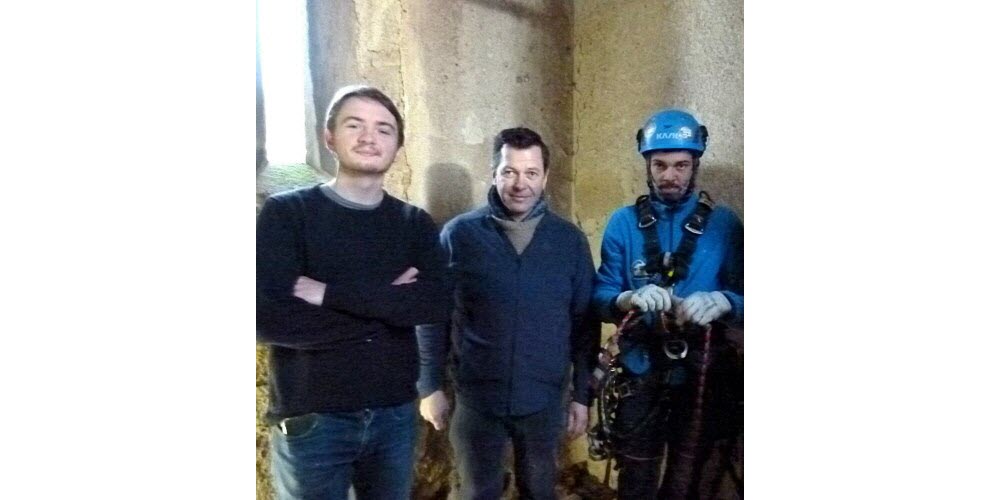CWD Confirmed At Jackson Hole Elk Feedground: Implications For Wildlife Management

Table of Contents
Understanding Chronic Wasting Disease (CWD) and its Transmission
Chronic Wasting Disease is a fatal, transmissible spongiform encephalopathy (TSE) affecting cervid species, including deer, elk, and moose. Unlike many diseases, CWD isn't caused by bacteria or viruses, but by a misfolded prion protein. This abnormal protein accumulates in the brain, causing severe neurological damage, emaciation, and ultimately, death. The incubation period can be lengthy, ranging from months to years, making early detection challenging. Even more concerning, there is currently no known cure or effective treatment for CWD.
- Highly contagious prion disease: CWD's prion nature makes it exceptionally contagious.
- Neurological damage and emaciation: The disease severely impacts the central nervous system, leading to debilitating symptoms and eventual death.
- Environmental contamination: CWD is spread through direct contact between animals and via environmental contamination from bodily fluids (saliva, urine, feces). This means the disease can persist in the environment for extended periods.
- No treatment or vaccine: The absence of a cure necessitates preventative measures and aggressive management strategies.
The Impact of CWD Confirmation at the Jackson Hole Elk Feedground
Elk feedgrounds, while intended to provide supplemental nutrition, create high-risk environments for CWD transmission. The artificial concentration of animals in close proximity significantly increases the likelihood of disease spread. The confirmation at the Jackson Hole feedground poses a serious threat to the local elk herd, potentially leading to population declines and impacting the delicate balance of the ecosystem. Furthermore, there is a significant risk of spillover to other wildlife species sharing the same habitat, including deer and moose.
- High-density transmission: Concentrated populations facilitate rapid disease spread.
- Artificial concentration: Feedgrounds create unnatural aggregation, increasing contact rates.
- Spillover risk: CWD can easily spread from elk to other susceptible wildlife.
- Economic impact: The outbreak threatens hunting and tourism economies reliant on healthy wildlife populations.
Current and Future Wildlife Management Strategies in Response to CWD
Wildlife agencies are implementing a multi-pronged approach to address the CWD outbreak. This includes increased surveillance and testing programs to monitor the disease's prevalence and distribution. Targeted culling of infected animals is also being considered to reduce the overall disease burden within the population. Long-term strategies focus on habitat management to reduce animal density and promote natural dispersal patterns. Furthermore, robust public education and awareness campaigns are crucial to involve the community in prevention efforts.
- Enhanced surveillance: Regular testing of harvested and deceased animals is paramount.
- Targeted culling: Removal of infected animals can help control the spread.
- Habitat management: Modifying the landscape to reduce animal congregation is key.
- Public education: Raising awareness about CWD transmission and prevention is crucial.
The Role of Public Awareness and Collaboration in CWD Management
Public cooperation is essential to curb the spread of CWD. Hunters and outdoor enthusiasts have a crucial role to play. Proper disposal of hunting waste, avoiding the feeding of wildlife, and promptly reporting any suspected CWD cases to wildlife officials are vital steps. Supporting research and monitoring efforts, both financially and through participation in citizen science initiatives, can significantly strengthen management strategies.
- Responsible waste disposal: Proper disposal of animal remains prevents environmental contamination.
- No wildlife feeding: Avoid attracting animals to concentrated areas.
- Reporting suspected cases: Early detection is crucial for effective management.
- Support research: Contributing to CWD research directly supports prevention efforts.
Addressing the CWD Crisis at Jackson Hole and Beyond
The CWD confirmation at the Jackson Hole elk feedground underscores the urgent need for proactive and collaborative wildlife management. The long-term challenges are significant, demanding continued research, monitoring, and adaptive management strategies. Understanding the implications of CWD confirmed at Jackson Hole Elk Feedground is crucial for the future of our wildlife. Learn more about the threat of CWD and how you can help protect our wildlife by visiting [link to relevant resource]. Your involvement is vital in protecting these magnificent animals and preserving the health of our ecosystems.

Featured Posts
-
 Siren Review A Deep Dive Into The Performances Of Moore Fahy And Alcock
May 22, 2025
Siren Review A Deep Dive Into The Performances Of Moore Fahy And Alcock
May 22, 2025 -
 Prica S Reddita Sidnej Svini Potvrdena U Glavnoj Ulozi
May 22, 2025
Prica S Reddita Sidnej Svini Potvrdena U Glavnoj Ulozi
May 22, 2025 -
 C Est La Petite Italie De L Ouest Architecture Toscane A Nom De La Ville
May 22, 2025
C Est La Petite Italie De L Ouest Architecture Toscane A Nom De La Ville
May 22, 2025 -
 Nantes Les Tours Et L Augmentation De La Demande Pour Les Cordistes
May 22, 2025
Nantes Les Tours Et L Augmentation De La Demande Pour Les Cordistes
May 22, 2025 -
 Exploring Googles Prototype Ai Smart Glasses Technology
May 22, 2025
Exploring Googles Prototype Ai Smart Glasses Technology
May 22, 2025
